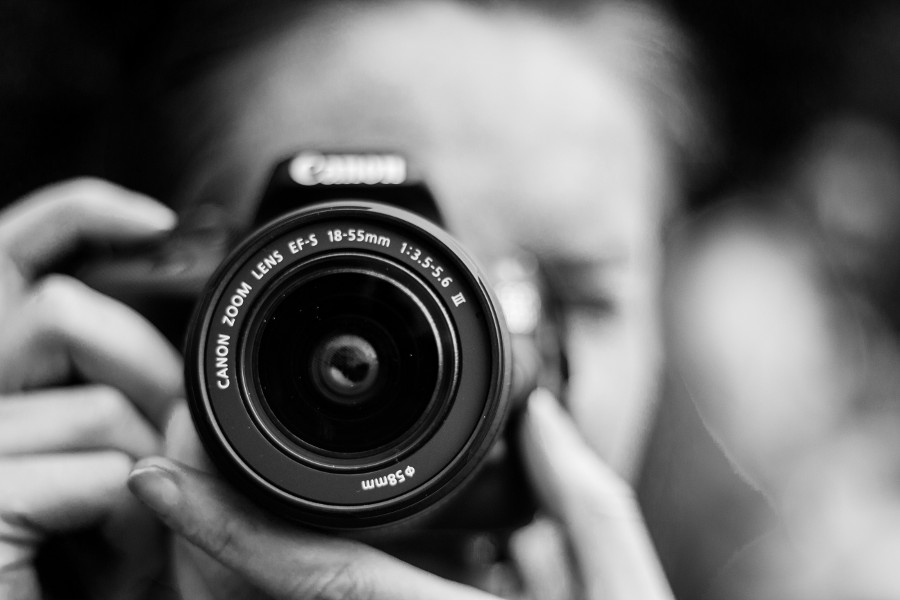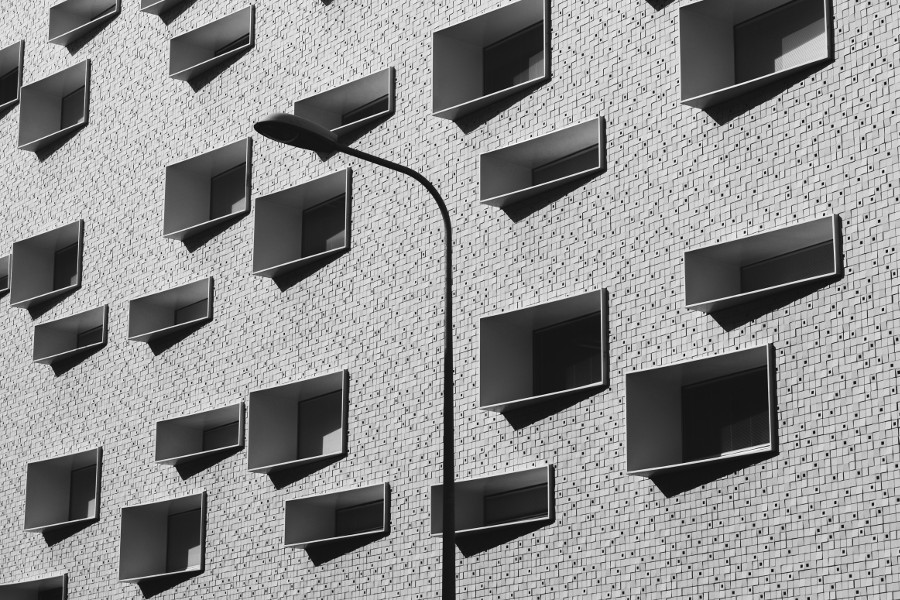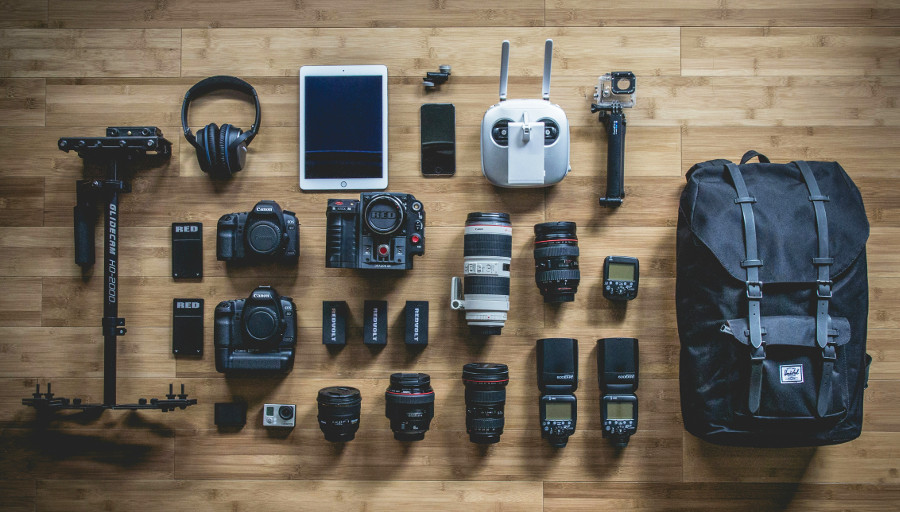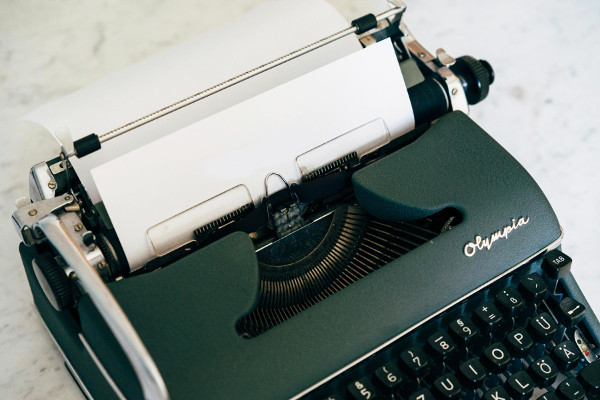How to Start Black and White Urban Photography: Expert Tips & Techniques
Starting with black and white urban photography can be an exciting journey into capturing the raw, timeless beauty of cityscapes. Whether you’re refining your camera settings, learning how to use filters effectively, or developing your unique style, this guide has you covered. From the technical aspects of shooting in RAW to the creative challenge of framing striking compositions, you'll find everything you need to bring your vision to life. Let's dive into the essentials of black and white urban photography and get you shooting like a pro.

What are the best camera settings for black and white urban photography?
When it comes to black and white urban photography, your camera settings will help you capture the perfect shot, so make sure you get them right. A good rule of thumb is to keep your ISO low – around 100 to 400 – to minimize grain. Choose an aperture that ensures a sharp image from foreground to background, somewhere between f/5.6 and f/11 is ideal. The shutter speed should vary based on light conditions, but for general daytime shooting, 1/250s works well. Don’t forget about RAW! Shooting in RAW lets you control those fine details, especially when you're editing shadows and highlights for a striking, high-contrast look.
Which filters enhance black and white urban photography?
Filters can be game changers for black and white urban photography. A red or orange filter is perfect if you want dramatic skies or to create striking contrasts between light and dark areas. The polarizing filter, on the other hand, is fantastic for reducing reflections off windows, water, or even shiny pavement, giving you more texture and detail in your shot. You’ll also find that yellow filters lighten tones, such as skin, and soften contrasts – ideal for portraits. Experiment with these to see how they can transform the scene, adjusting light, texture, and mood to match your creative vision.
How do I develop a unique style in black and white urban photography?
Developing your own unique style in black and white urban photography is like discovering your artistic fingerprint. Start by immersing yourself in the work of other photographers you admire, but don’t copy them. Instead, reflect on what resonates with you – whether it’s the raw energy of street scenes, the geometry of architecture, or the quiet moments within a bustling city. Experiment with light, composition, and texture until you find a rhythm that feels authentic. Over time, your editing process will also play a huge role in defining your style. Consistent tonal treatments and framing will make your work instantly recognizable. You can improve your skills by studying the masters, like Andre Kertesz, Brassai or more contemporary artists. Check out portfolio sites or photo sharing sites and engage with others. Flickr and 500px are the classic sites. A couple of subreddits on Reddit offer you advice and constructive criticism for your photos. Check out r/photographs or r/photocritique.
What subjects are ideal for black and white urban photography?
The city is full of potential when it comes to black and white photography. Look for scenes with strong contrasts, like towering buildings against bright skies or shadows casting long lines on the pavement. Urban decay, street art, and weathered buildings are perfect for adding character to your work. Candid moments on busy streets – whether it's people rushing about or someone lost in thought – bring out raw emotion when stripped of color. Search for patterns, textures, and architectural lines that become more pronounced when the color is removed, allowing the complexity of the urban landscape to shine through.

What post-processing techniques improve black and white urban images?
Once you've captured your black and white urban images, it’s time to bring them to life in post-processing. Start by adjusting the contrast to make the light and dark areas pop. Experiment with the individual color channels to fine-tune the way each color converts to grayscale – this is particularly important for details in your photo that may otherwise get lost. Play around with the highlights and shadows, using dodge and burn techniques to enhance depth and focus. Don’t forget sharpening and noise reduction – both are essential for urban shots, where textures and details are key. Lastly, consider adding a bit of vignette to draw the viewer’s eye toward the subject.
Is it better to shoot in black and white or convert later?
Whether you choose to shoot in black and white or convert later depends on what works best for you. Shooting in black and white can help you visualize your composition without the distraction of color. It forces you to focus on elements like texture, contrast, and lighting, which are essential in monochrome photography. On the other hand, shooting in color and converting later gives you more flexibility during post-processing. It allows you to experiment with different grayscale conversions, and you have the freedom to adjust the tonal balance for the best possible outcome. It’s all about what gives you the most creative freedom.
How can I find compelling subjects for black and white urban photography?
Urban photography is a treasure trove of compelling subjects, you just have to keep your eyes open. Start by looking for contrasting elements, such as old versus new buildings, or light playing on rough textures. Street scenes offer endless possibilities, whether it's an interesting interaction between people, a solitary figure in a crowded space, or moments of stillness amidst chaos. Pay attention to shadows – how they sculpt the urban environment – and architectural features like doors, windows, or staircases that take on new life in black and white. Walk around your city with an open mind and see what speaks to you; urban areas are full of stories waiting to be told.
What legal and ethical considerations should I be aware of in urban photography?
When shooting in urban environments, it’s essential to be mindful of both legal and ethical considerations. While public spaces often allow for photography, photographing private property or individuals without their consent can lead to legal issues. Some cities have laws protecting people from being photographed without permission, especially if those photos are used commercially. Ethically, you should always approach vulnerable individuals or sensitive subjects with respect. Avoid exploiting the people and situations you photograph, and be mindful of the context in which you present your work. If in doubt, it’s always best to ask permission or inform people about your intent to capture their image.
How can I train my eye to see in black and white?
Training your eye to see in black and white takes practice, but it’s an incredibly rewarding process. Start by thinking about your images in terms of contrast, light, and texture, rather than color. Look at how shadows and highlights interact, and notice how different textures appear in grayscale. Try to mentally convert color scenes into black and white to understand how they will look. This shift in perspective helps you anticipate how light will play out in your photos. You can also convert your photos in editing software and assess the result, which will help you refine your ability to spot great black and white compositions on the fly.

What role do shadows play in black and white urban photography?
Shadows are essential in black and white urban photography – they add dimension, depth, and drama. In a world without color, shadows become the defining feature of an image, helping to emphasize structure, texture, and form. They can guide the viewer’s eye through a scene, creating a visual narrative. Strong shadows against bright highlights create powerful contrast, which can evoke a range of emotions – from solitude to mystery. In urban environments, shadows can transform ordinary spaces into striking compositions. Look for how light and shadow interact with architecture, people, and everyday objects to reveal hidden stories and intricate details.
How can filters enhance black and white urban photography?
Filters can add a whole new dimension to black and white urban photography, influencing how light interacts with your scene. A red filter, for example, can deepen the sky, making clouds appear dramatic and dark, while highlighting the contrast between bright and shadowed areas. A yellow or orange filter can soften tones, making them more pleasing in portraits and street scenes. If you're shooting through glass or reflections, a polarizing filter helps reduce glare, bringing out the textures and details behind the reflections. Filters are tools that give you more control over the mood and depth of your images, allowing you to highlight or tone down certain elements of your scene.
What are the benefits of shooting in RAW format for black and white photography?
Shooting in RAW is a game-changer for black and white photography, offering maximum flexibility during post-processing. RAW files capture a wider range of tones, from the deepest shadows to the brightest highlights, giving you more control over the final image. This is especially important when you're converting your photos to black and white because it allows you to adjust the grayscale mix of different colors. You can manipulate exposure, contrast, and sharpness with much more precision, ensuring that every detail in your urban scene is beautifully captured. Shooting in RAW means that you're not limited by the restrictions of compressed formats like JPEG.
How can I develop my own unique style in black and white urban photography?
Developing a unique style in black and white urban photography is about cultivating a personal approach to both the way you see the world and how you express it. Start by focusing on what you love about urban life – whether it's the quiet moments, chaotic street scenes, or abstract architectural details. Work with light, shadows, and texture in ways that feel natural to you. Consistently experiment with different compositions, framing, and editing techniques. Your style will also emerge in the way you process your photos – how you handle contrast, sharpness, and tone will define the mood and identity of your images over time.
Are there legal or ethical considerations when capturing urban scenes in black and white?
When you’re photographing in urban areas, legal and ethical concerns are just as important as your artistic vision. Legally, it’s crucial to respect privacy, especially when photographing people in public spaces. Some cities have regulations about photographing private property or certain locations, so always check the local laws. Ethically, be mindful of how you portray the people and places you capture. Avoid exploiting vulnerable individuals or presenting them in a way that misrepresents their reality. If in doubt, seek permission, particularly in intimate or sensitive situations. Ultimately, it’s all about balancing your creative vision with respect for those around you.



